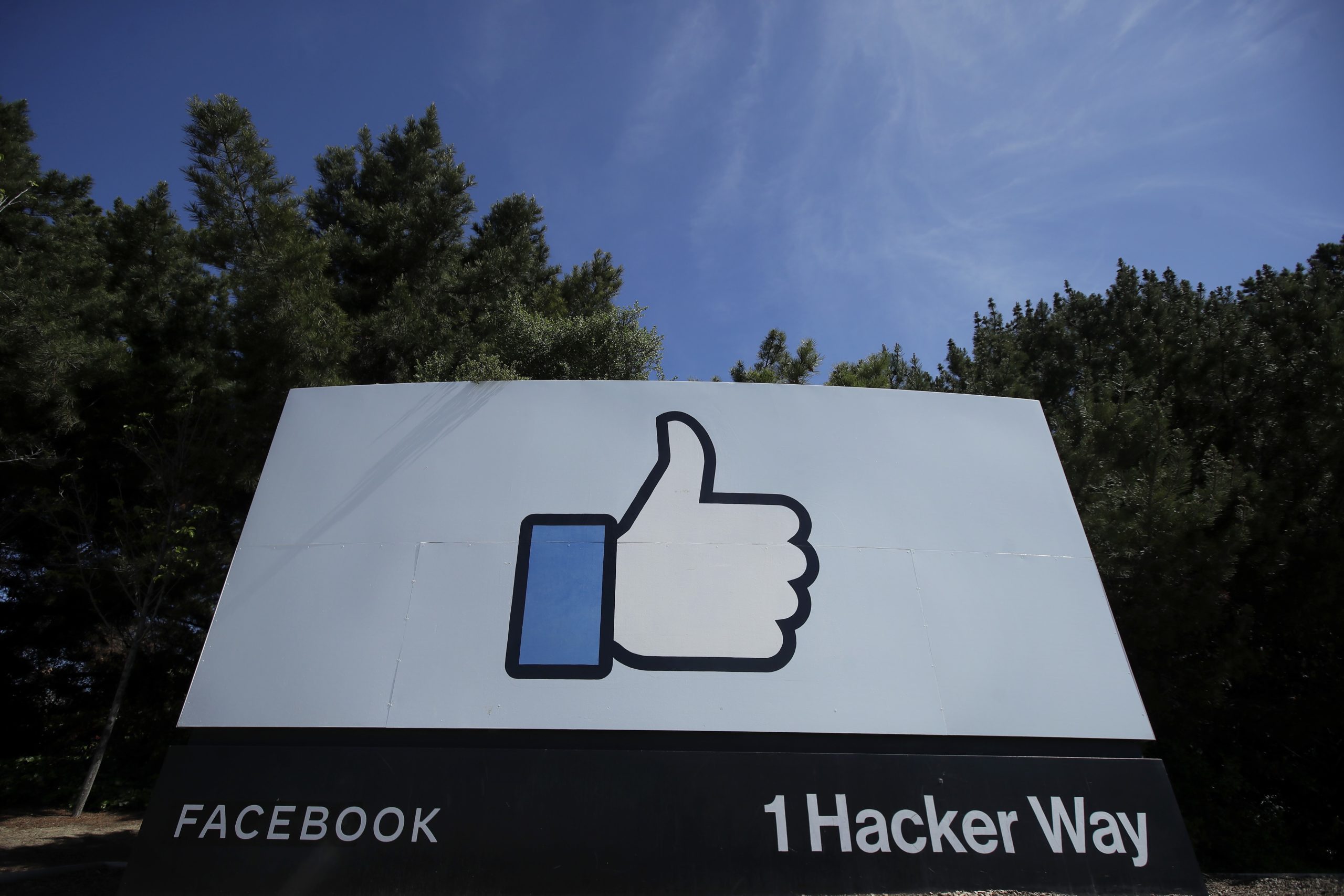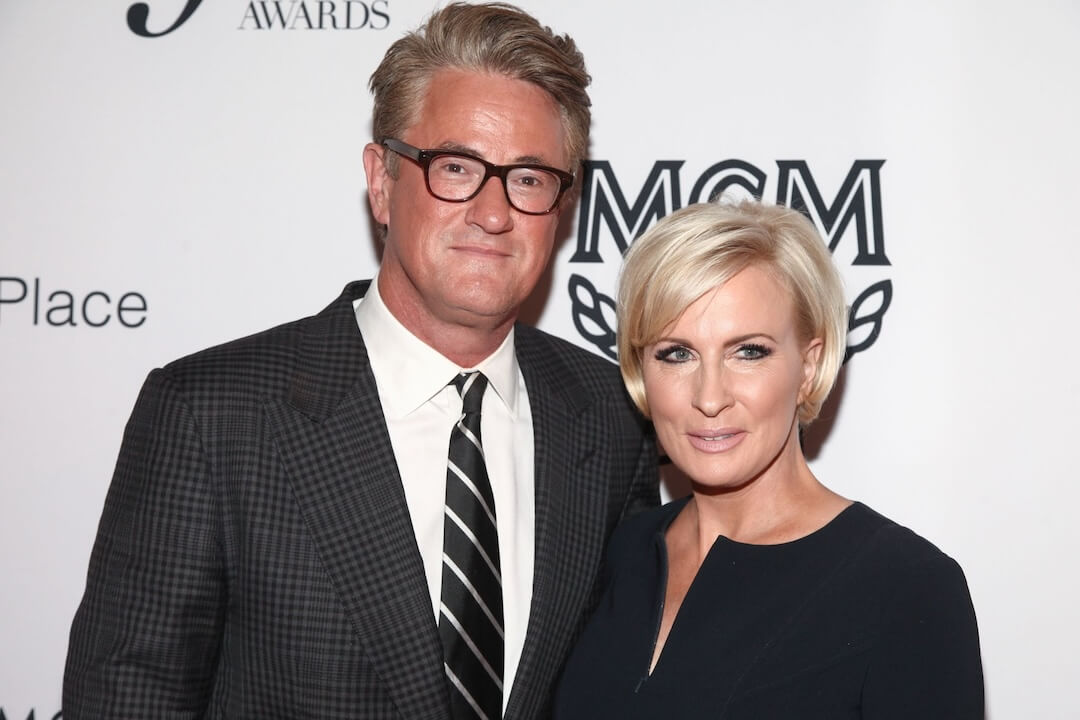The Poynter Report is our daily media newsletter. To have it delivered to your inbox Monday-Friday, click here.
The country is incredibly divided right now, and cable news is a reflection of that.
Is there a more polarizing cable news station than Fox News? Its diehard viewers are fiercely loyal. Its detractors compare the network to state-run TV and call it a mouthpiece for President Donald Trump and the Republican party. Nobody is in the middle with Fox News. No one is ambivalent.
But there’s no question that it’s immensely popular, and the past few months have proven that more than ever.
The best example of that? The second quarter of 2020 produced the most prolific numbers in the history of the network — not only in primetime, but in daytime, too.
And now for the biggest news of all: Tucker Carlson’s show (“Tucker Carlson Tonight”) not only had the highest-rated quarter, it had the best viewership numbers in the history of cable news.
To be clear, “Tucker Carlson Tonight” now holds the distinction of being the most-watched show in cable news history.
During the quarter, Carlson’s show drew 4.331 million viewers, according to Nielsen Media Research. That breaks the record set by Sean Hannity in the first quarter of this year. Carlson and Hannity made cable news history with both shows drawing more than 4 million viewers in the second quarter. Hannity drew 4.311 million viewers, making it the second-most viewed cable news show ever. (Hannity, by the way, won June with 4.3 million viewers.)
As Deadline’s Denise Petski points out, Carlson’s “ratings came amid pullouts by some key advertisers, including Disney, T-Mobile and Papa Johns, over the host’s polarizing point of view on the Black Lives Matter movement.”
It also came during Carlson’s pendulum-swinging takes on the coronavirus.
Back in March, Carlson, unlike many of his Fox News colleagues at the time, criticized Trump and other Fox News personalities for not taking the coronavirus seriously enough. Then something changed.
The Daily Beast’s Justin Baragona wrote Tuesday, “Over the past two months, Carlson has devoted much of his coronavirus coverage to discrediting public health experts, specifically top infectious disease expert Dr. Anthony Fauci, a member of the White House coronavirus task force. On top of telling his audience to stop listening to Fauci and other health officials, the Fox News star has repeatedly boosted a fellow contrarian, former New York Times reporter-turned-spy-novelist Alex Berenson, as an expert on the deadly virus.”
Baragona added, “Less than a month after his much-lauded call to action on the virus, Carlson declared the crisis to be over — a claim that received far less attention from the mainstream press than his rogue stance against the president.”
Despite his flip-flopping, Carlson clearly remains a hit with viewers, as does Fox News.
To be fair, it is important to point out that those who might be opposed to the type of programming put out by Fox News likely split their cable news viewing between CNN and MSNBC. So it might be more accurate to add up CNN and MSNBC viewers when making comparisons to Fox News.
In that case, the numbers are close to even, further proving just how split this country is.
We’ve heard this before, haven’t we?

(AP Photo/Jeff Chiu)
Axios’ Sara Fischer broke this news Tuesday: Facebook has updated the way news stories are ranked in its News Feed to place a priority on original reporting. In addition, it will demote stories when it isn’t clear who wrote them.
Fischer writes, “The tech giant has long been criticized for not doing enough to elevate quality news over hyper-partisan noise. Now, it’s trying to get ahead of that narrative as the 2020 election inches closer.”
So will Facebook users notice a big change? Probably not. As Fischer notes, Facebook will still feature stories from news outlets that users or their friends follow. “But,” Fischer wrote, “the tech giant will boost the more original story within that subset.”
This is clearly Facebook’s attempt to say they are trying to limit the spread of misinformation and what truly are “fake news” stories. But it feels like a rather small step.
Capitalizing the B
In recent weeks, many news outlets have updated their style guides to start capitalizing the B when talking about Black people and culture. The big move was when the Associated Press made the change on June 19. The AP often sets the standard for news outlets across the globe.
This was a huge moment.
Poynter’s Kristen Hare has an absolute must-read about this long-overdue change as she talks to many of the people who made it all happen. Just check out this heartbreaking passage from Hare’s story as she wrote about Temple University’s Lori Tharps.
From her office at Temple University, Lori Tharps overheard a conversation in 2014 that felt familiar.
Another professor was berating a student for capitalizing Black.
Tharps could hear the resignation in that student’s voice as she tried to defend herself and was, instead, made to feel silly.
“Just hearing it out loud made me so mad.”
That lowercase b made Tharps, a journalist and associate professor at Temple’s Klein College of Media and Communication, feel the same way that she felt as the only Black girl in her Milwaukee neighborhood — small, inferior, not worthy of acknowledgment.
And as a professional writer, every time she had to use lowercase black alongside Asian Americans or Latinos, it made her feel like a second-class citizen.
I asked Hare about her story.
“The news about the AP Stylebook’s move to capitalize Black when referring to people and culture came out near the end of a long Friday,” she told me. “We covered it with a brief, and we heard from some of the people involved behind the scenes that we’d missed a bigger story. They were so right. I reached out to several people to learn more. The result is a long look at many of the men and women who’ve been working for years to convince journalists, newsrooms and the AP to acknowledge Blackness as a culture and identity worthy of a proper noun.”
Hare’s piece is well worth your time — not just for journalists but for everyone.
SPONSORED POST
Looking for an expert source? Find and connect with academics from top universities on the Coursera | Expert Network, a new, free tool for journalists. Discover a diverse set of subject matter experts who can speak to this week’s trending news stories at experts.coursera.org today.
Building around the future at ESPN

(Courtesy: ESPN)
ESPN is completely revamping its daily “NFL Live” show with a bunch of rising stars and, I have to say, they put together a really good crew.
It starts with new host Laura Rutledge — who, in six years, has had a meteoric yet completely deserved rise from a college sideline reporter to now hosting one of ESPN’s most popular shows. I knew Rutledge from her days as a sideline reporter on Tampa Bay Rays baseball games, and while her career has moved at warp speed, it is not at all surprising.
She will be joined by analysts Marcus Spears and Dan Orlovsky, both of whom made names for themselves on the morning show “Get Up.” Also on the cast will be Keyshawn Johnson, who is also expected to get an expanded ESPN Radio role, and Mina Kimes, another one of ESPN’s young stars who has had a number of gigs at the network and has succeeded in all of them. In addition, “NFL Live” will have its usual array of NFL insiders such as Adam Schefter, Dan Graziano and Jeff Darlington.
Besides all being really smart, this crew seems … fun. This looks like a breath of fresh air for this show. It will launch in August.
Speaking of Kimes, she was the original host of the “ESPN Daily” podcast, which launched in October 2019. She is giving up those duties and will be replaced by Pablo Torre, another terrific talent. ESPN has been searching for his next primary assignment since the “High Noon” show he co-hosted with Bomani Jones was canceled earlier this year.
Apologizing for letters to the editor
The Spartanburg (South Carolina) Herald-Journal has apologized for a pair of letters that ran in its “letters to the editor” section. Executive editor Steve Bruss wrote, “We won’t make excuses. The letters never should have been published.”
Bruss described one of the letters as “racist and repugnant.” The other was written by an anonymous author. Bruss wrote, “Neither contributed to the civil, open discourse we want to promote on our opinion pages, and neither was helpful to our community or informative to our readers.”
The “racist and repugnant” letter that Bruss described said that slavery was a punishment by God for ignorance, sloth and depravity.
Bruss apologized to readers and said the paper was looking into how the letters made it to print.
Retweet and delete
The big media story earlier this week was when President Trump retweeted a video of a man yelling “white power” during protests a couple of weeks ago at a Florida retirement community. He retweeted it at 7:39 a.m. on Sunday. It was deleted roughly three hours later.
What happened while the retweet was up?
The Washington Post’s Ashley Parker and Toluse Olorunnipa reported all that happened, including that senior White House officials immediately knew it was a problem. Parker and Olorunnipa, speaking to those inside the White House, wrote that several staffers talked to Trump about the retweet, including White House press secretary Kayleigh McEnany and Trump’s son-in-law Jared Kushner.
Trump finally agreed to have the retweet taken down after he heard the reaction of many in the public, including the Sen. Tim Scott of South Carolina — the only Black Republican senator.
An important read

New York Times reporters Jodi Kantor, left, and Megan Twohey. (Evan Agostini/Invision/AP)
The groundbreaking book “She Said” by New York Times reporters Jodi Kantor and Megan Twohey that centers on the sexual harassment allegations against Hollywood producer Harvey Weinstein is now in paperback. If you haven’t read it, I encourage you to pick it up. It’s a revealing look at how these two dogged reporters did their jobs, as well as just how brave the women they spoke to were.
Kantor tweeted on Tuesday, “The book is not really about Harvey Weinstein. It’s about: what inhibits social change, and what drives it? We want you to experience what we did: how facts, stories and brave sources can push us all forward.”
Hot type
- Variety’s Elaine Low and Angelique Jackson with “The Reckoning Over Representation: Black Hollywood Speaks Out, But Is The Industry Listening?”
- The Undefeated’s Soraya Nadia McDonald with “Five Years Ago, ‘Hamilton” Turned a Revolution Into a Revelation — What Now?”
- The incomparable comedic legend Carl Reiner has died. He was 98. Here are just some of the superb obits and remembrances from Robert Berkvist and Peter Keepnews in The New York Times, Daniel Fienberg in The Hollywood Reporter, Mike Barnes (also) in The Hollywood Reporter, Denise Petski for Deadline and Adam Bernstein in The Washington Post.
Have feedback or a tip? Email Poynter senior media writer Tom Jones at tjones@poynter.org.
More resources for journalists
- Bring a Poynter Expert to You
- Journalism job openings — Poynter’s job board
- Reporting On Coronavirus: How to Use WhatsApp to Find Communities and Stories — July 2 at 11:30 a.m. Eastern— First Draft
- New Rules for News: Pandemic-Forced Innovations and Adaptations Worth Keeping — July 8 at 2 p.m. Eastern — RTDNA
Want to get this briefing in your inbox? Sign up here.







